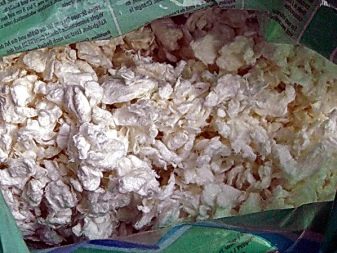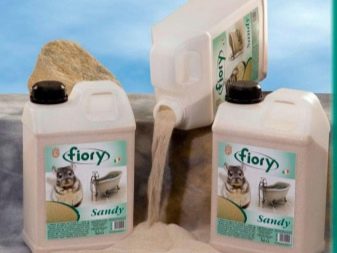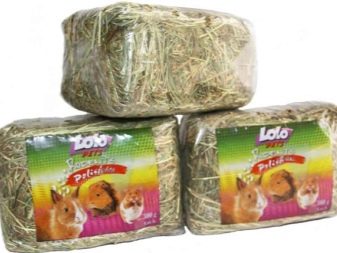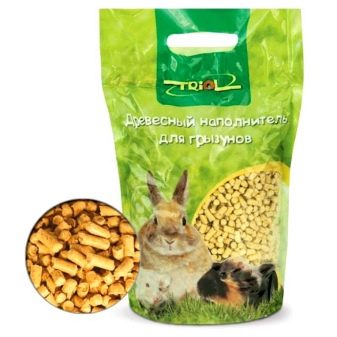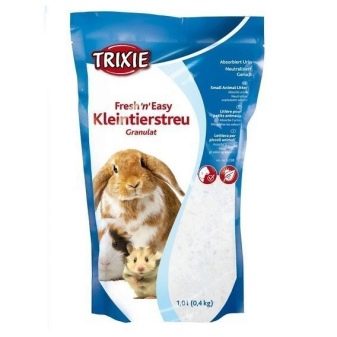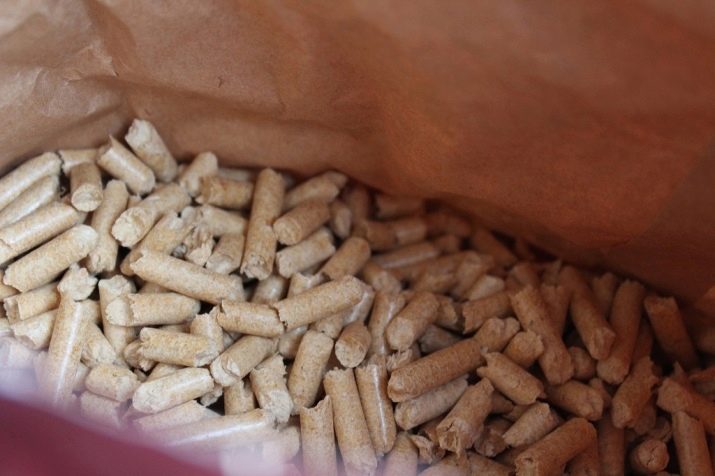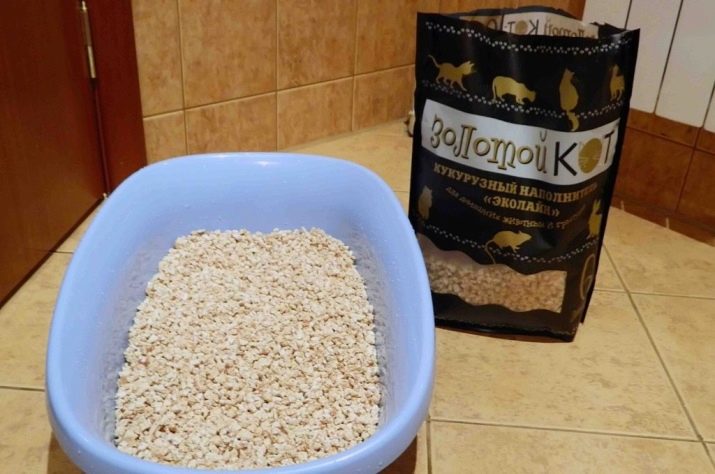Domestic rodents delight their masters with amusing behavior, cute appearance. They are unpretentious in life, however, small pets need care and care. To prevent unpleasant odor, maintain cleanliness and ensure a comfortable existence of the animal, you need to choose the right filler.
Features
An important role in maintaining the healthy hygiene of domestic rodents is played by the type of filler. Properly chosen flooring helps to maintain a good mood of the domestic animal, preventing the appearance of parasites. Flooring helps to clean wool and serves as a heater.
Before the appearance of the finished compositions used the following fillers.
- Paper. Cheap flooring, it absorbs moisture, can not cope with an unpleasant smell.
- Sand. Effective in eliminating odor, well absorbs moisture, however, it must be changed frequently.
- Clay. The substance copes with the smell and absorbs moisture, but sticks to the paws. The composition may contain quartz dust, which is unsafe for health.
- Hay. The natural component of plant origin effectively copes with the smell, but does not absorb liquid. Hard stalks can cut the pet's skin.
With the advent of ready-made compositions, their popularity is increasing every year. This is due to ease of use, health safety, environmental friendliness.
Varieties
Modern fillers are made on the basis of:
- organic materials: maize, wood, grain waste;
- mineral components for example, silica gel.
Wood flooring
Wood based filler is in considerable demand. It consists of small particles, which are made of compressed sawdust.
The advantages of this type of litter include the following:
- effective absorption of moisture;
- quick odor neutralization;
- profitability;
- the material prevents the appearance and spread of bacteria;
- natural ingredients prevail in the composition.
Disadvantages:
- uncomfortable for small rodents and babies who love to dig in the litter;
- in the presence of wood dust, an allergic reaction is possible;
- you should be careful when choosing the type of wood - not all species are equally suited to one or another type of animal.
It is important to note that needles-based wood flooring may contain heavy resins that have a negative effect on the respiratory tract of pets. Fruit trees are considered safe.
Sawdust
For the manufacture of litter used components of recycled wood. They are perfect for small animals.
Among the benefits:
- natural composition;
- environmental friendliness;
- availability of chip size selection;
- acceptable cost;
- can be disposed of in the garbage disposal.
There is such a filler and certain disadvantages.
- Excessive airiness. Sawdust is easily scattered in different directions, so often have to clean.
- The material does not absorb moisture well.
- Neutralizes bad odors.
- An allergic reaction is possible. To avoid this effect, it is recommended to sift the flooring before use.
- The presence of hard chips can be dangerous for the rodent. It may be hurt or scratched.
- Short effect.
- You should be careful when choosing the type of wood.
- Wood particles are easily stuck in the wool.
It is important to note that oak-based sawdust has sharp edges that can injure the animal.
Cellulose flooring
The litter is considered the safest for small pets.
Among the advantages are:
- no allergic reaction;
- the material does not get stuck in the fur of animals, and does not cause them any inconvenience.
Among the shortcomings noted:
- volatility - the material is easily scattered in different directions;
- low efficiency in the absorption of odors;
- difficulty in acquiring - these types of flooring are rarely delivered to pet stores.
Corn Flooring
Corn cob-based filler is considered the highest quality, convenient and safe. It is suitable for both large and small animals.
Positive qualities of the material:
- effective moisture absorption;
- quick elimination of odors;
- lasting effect;
- security;
- the material does not get stuck in the coat, does not scratch the skin of the rodent;
- does not adversely affect the health of the little friend.
Negative sides also exist:
- cost;
- the animal will constantly scatter the filler;
- like cellulose, such material is difficult to buy.
Selection rules
Flooring is recommended to purchase in pet stores. It is better to choose proven brands, because a poor-quality product can cause irreparable harm to a pet. When choosing it is important to consider some characteristics.
- Pet sizes. For small animals, litter with small granules will be comfortable. Larger ones will love larger granules. You can test several types of flooring and see what the animal likes the most.
- The ability of the filler to absorb moisture and odors. This is especially true if the house contains many animals.
- Safety composition. It is important to remember that the presence of synthetic impurities, wood dust and aromatic substances can cause allergic reactions. It is recommended to give preference to natural formulations. If you are prone to allergic reactions, you can choose a composition based on cellulose.
When buying a wood flooring should be remembered that any type of wood will be suitable for rats. Chinchillas prefer dry sawdust of any species. But guinea pigs, most likely, will choose large sawdust from soft breeds, for example, alder or poplar.
Properly selected filler is the key to the health and longevity of the animal.
You will learn more about fillers for rodents in the following video.



